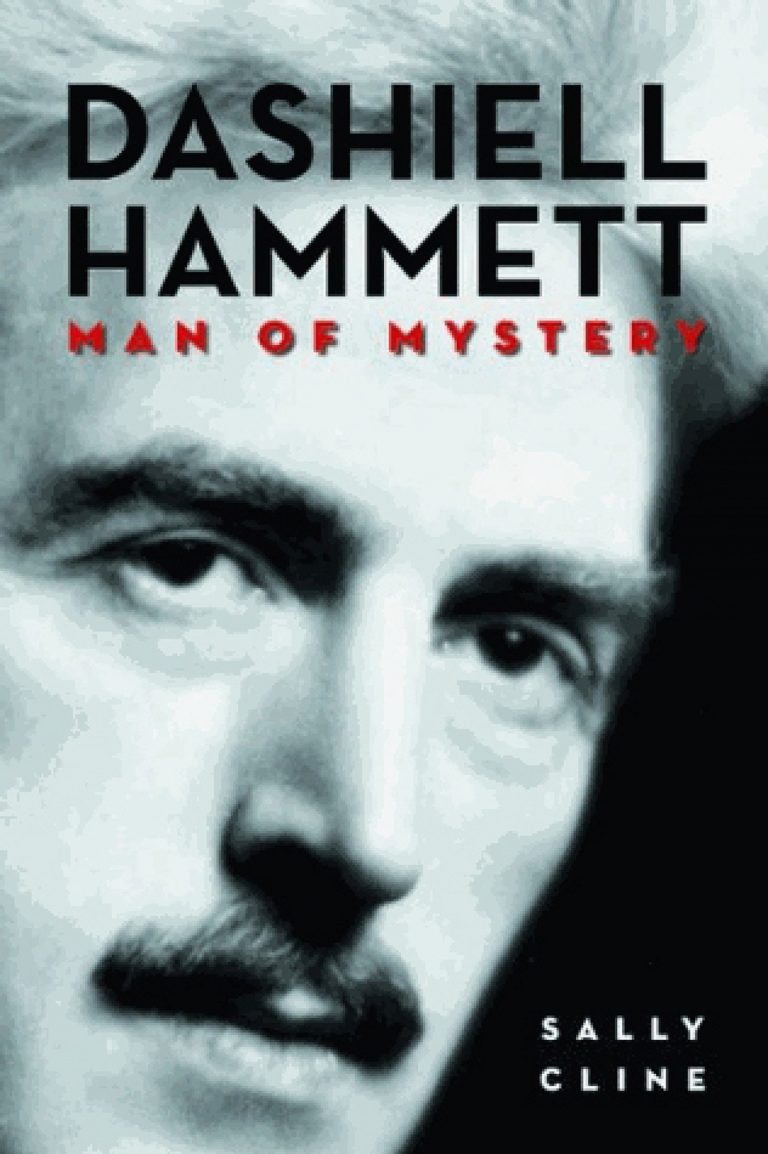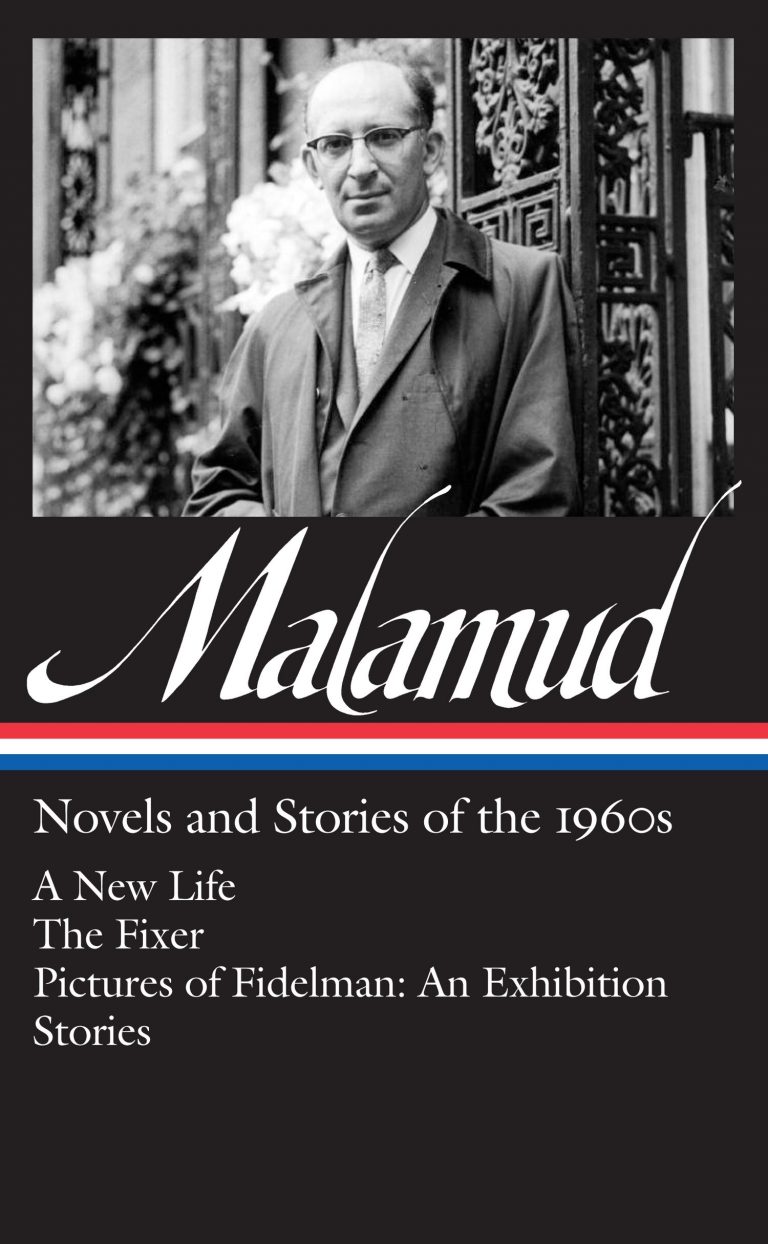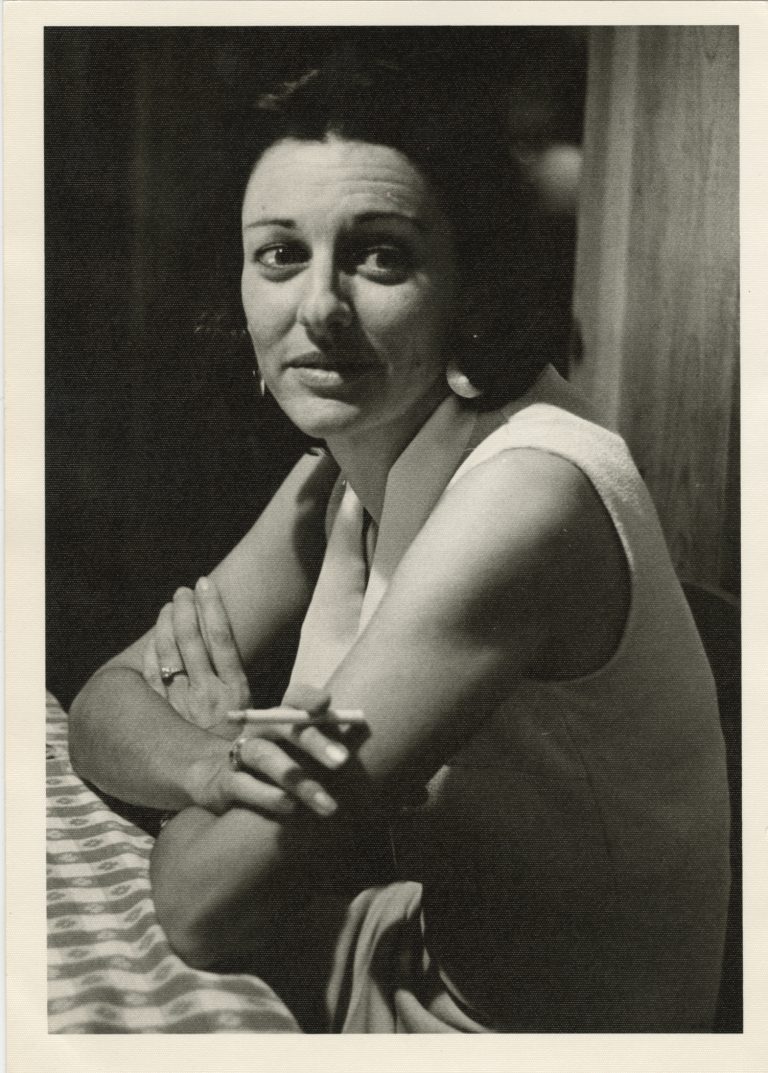Sally Cline, a British award-winning biographer and short story writer, recently published the biography Dashiell Hammett: Man of Mystery (Arcade). She received a Dorot Foundation Postdoctoral Research Fellowship in Jewish Studies from the Harry Ransom Center in 2003-2004, which supported her work in the Dashiell Hammett and Lillian Hellman collections.… read more
New collections of Bernard Malamud’s work released
Novelist Bernard Malamud was one of the most significant Jewish American writers of the twentieth century, and this year, to honor and celebrate his life and work, The Library of America has released two collections of Malamud’s fiction: Novels and Stories of the 1940s & 50s and Novels and Stories… read more
Notes from the Undergrad: An undergraduate’s introduction to Anne Sexton
Jane Robbins Mize is a senior in English and Liberal Arts Honors and is a current intern in the Ransom Center’s public affairs department. She recently worked in the Anne Sexton papers for her English class “Women’s Autobiographical Writings.”



